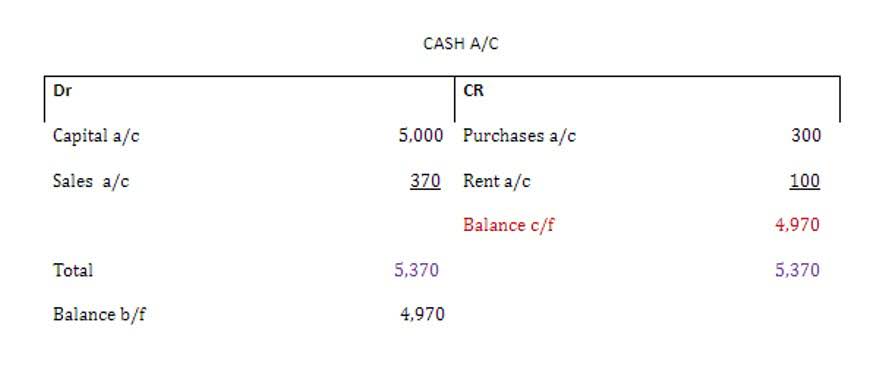
Companies should establish systems to track and document all shipping processes. Technology like GPS tracking, RFID tags, and automated inventory systems allows real-time monitoring of goods. Access to real-time data enables businesses to identify and address issues quickly, minimizing financial reporting impacts. Regular audits and reconciliations of inventory records against physical counts help detect and correct discrepancies early. In this situation, the billing staff must be aware of the new delivery terms so that it does not bill freight charges to the buyer.
FOB Destination Vs FOB Shipping Point
When goods are shipped FOB shipping point, the buyer assumes ownership and responsibility once the goods leave the seller’s premises. Under FOB destination terms, ownership transfers when the goods reach the buyer’s location. This distinction affects when inventory is recorded on the buyer’s books and when the seller can recognize revenue. Misinterpretation of these terms can lead to financial statement errors, fob shipping point impacting both the income statement and balance sheet. FOB Destination terms influence how transactions are recorded in accounting systems. For sellers, revenue recognition occurs only upon delivery, consistent with the accrual accounting principle.
Leave a Comment Cancel Reply
CIF is commonly used for large deliveries, including oversized goods, that are shipped by sea. The seller also obtains any necessary documentation, licenses, and inspections that may be required. The Internal Revenue Code (IRC) provides specific guidelines for inventory accounting, influencing taxable income calculations.

Additional Shipping Terms
- Now that we have a clear understanding of what FOB means and the different types of FOB, let’s explore how FOB is utilized in accounting and its significance in various financial aspects of a business.
- Notably, some Incoterms are designed exclusively for sea transport, while others are versatile enough for any mode of transportation.
- Usually the name of the actual port – Miami, Los Angeles, New York, Savannah – replaces “destination” or “shipping point” on the labels.
- The application of FOB terms varies significantly across different industries, each with its unique set of challenges and requirements.
- FOB Destination means that the ownership of the products transfer from the seller to the buyer only when the goods arrive at the buyer’s location, in good condition.
- This ensures revenues are matched with the expenses incurred to generate them, providing a clearer picture of financial performance.
The point at which risk and ownership transfer significantly impacts financial and operational strategies. For example, FOB shipping point terms allow companies to recognize inventory earlier, aligning with liquidity management goals. Conversely, FOB destination terms mitigate transit-related risks, with the seller retaining responsibility until delivery. In accounting and finance, the term FOB—short for “Free on Board”—determines how costs are allocated between buyers and sellers during shipping. This concept affects financial statements, risk assessment, and operational logistics. In FOB shipping point agreements, the seller pays all transportation costs and fees to get the goods to the port of origin.
Shipping Charges Allocation
Since Dara Inc. has experience managing international shipping or wants to save on transport costs, FOB Origin, they decided to go forward this way. However, if the seller wants to minimize risk and offer a complete service (including delivery), FOB Destination would be a better option. To mitigate these risks, sellers should consider their ability to absorb potential losses and manage shipping costs before agreeing to FOB Destination terms. Both parties must clearly understand their responsibilities and Accounting for Technology Companies maintain open communication throughout the shipping process to address any issues that may arise. Furthermore, once the goods leave the port of origin, the seller has limited control over the shipment and may face delays during transit. This can raise questions about their ability to meet delivery deadlines and is a significant risk for FOB Destination transactions.

Who Pays for Shipping in FOB Shipping Point?

Since the package was shipped using shipping point, the title of the goods transferred when GM placed the package on the loading dock. The intricacies of FOB Destination are not just a matter of logistical convenience but also a determinant of financial responsibility and risk management. It is a term that requires careful consideration by all parties involved in a transaction. Since the computers were shipped to the FOB destination, Dell (the seller) is responsible for the damage during the shipping process. The goods were never delivered to XYZ, so Dell, in this case, is fully liable for the computer damages and would have to file a payroll claim with its insurance company. It should record the inventory of $5,400 ($5,000 purchase price plus $400 shipment cost).

In simple terms, FOB refers to the point at which responsibility and ownership of goods are transferred between a buyer and a seller. It determines who is liable for the transportation costs, as well as the risk of loss or damage to the goods during transit. FOB Shipping Point accounting allows for timely and precise recording of revenue and inventory levels. Sellers can recognize sales immediately upon shipment, enhancing cash flow management and financial reporting accuracy.


